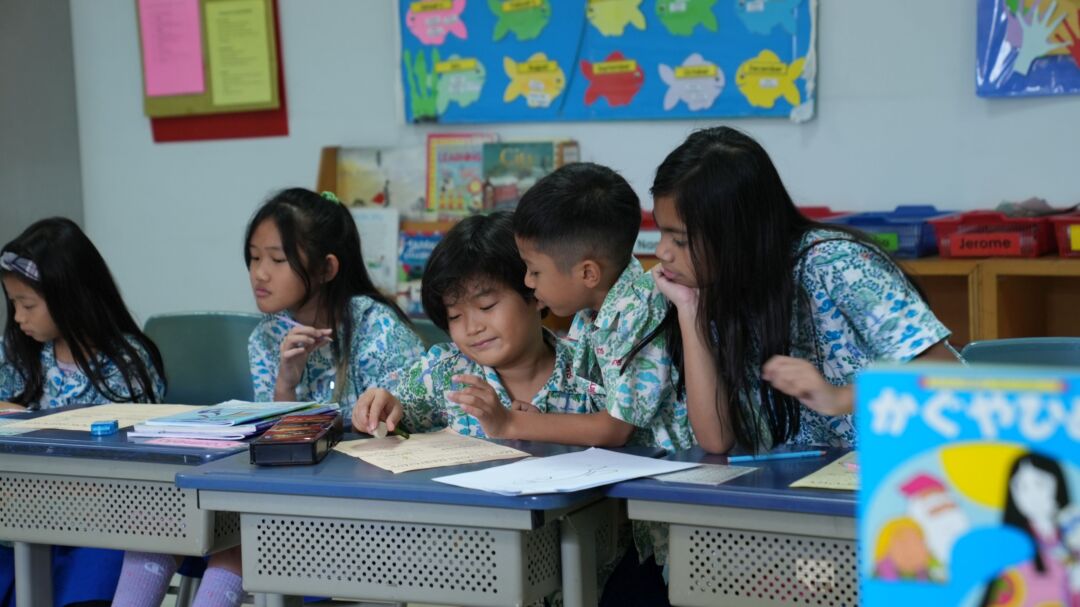
Jakarta Japanese School system education is widely regarded as one of the most intriguing models in the world, capturing the attention of educators and policymakers around the globe. Japanese school education, which is deeply rooted in cultural values and societal norms, provides a rich tapestry of practices and methodologies that are worth exploring and analyzing.
Academic Calendar
The academic calendar in Japanese school settings is meticulously structured, based on the fiscal year rather than the traditional Western academic calendar. The Japanese school year starts in April and ends in March, with semesters. The first semester lasts from April to July, the second from September to December, and the third from January to March.
School Curriculum
The Jakarta Japanese School curriculum aims to develop well-rounded individuals with academic, moral, and social skills.
Elementary School
During this time, the school curriculum included Japanese, social studies, mathematics, science, music, arts and crafts, and physical education. This stage of learning typically begins at age 6 and lasts for 6 more years, until the age of 12 years. Elementary school students spend a significant amount of time learning how to write and read Japanese katakana, hiragana, and kanji. Typically, most students learn the English alphabet in fourth grade. English is now required in the fifth and sixth grades, but it is taught through informal activities rather than as a graded subject.
Junior High (middle) School
During junior high school, students are typically aged 12 to 15. The standard curriculum for junior high school students includes subjects such as Japanese language, social studies, mathematics, science, a foreign language, music, fine arts, health and physical education, and extracurricular activities. During this stage of school, the curriculum requires students to choose a foreign language to learn, which could be English, French, Korean, German, etc.
Baca Juga : What is the Cambridge IGCSE Curriculum and is it the right choice for my child?
High School
During high school, students are typically aged 15 to 18. The standard curriculum for most students at this time included Japanese language, geography and history, civics, mathematics, sciences, health and physical education, arts, foreign language, and home economics. It is not uncommon for students to participate in mandatory extracurricular activities and integrated studies. Vocational programs are for students who study business, industrial arts, and agriculture. Students in the program spend less time on core curriculum subjects than regular students. After graduating from high school, students can choose to pursue higher education or enter the workforce and work.
Jakarta Japanese School Grade By Age
The Japanese education system comprises six levels:
- Kindergarten (Yochien) : Ages 3-6
- Elementary School (Shogakko) : Ages 6-12
- Junior High School (Chugakko) : Ages 12-15
- High School (Koko) : Ages 15-18
- University (Daigaku) : Ages 18-12 (or longer for postgraduate studies)
Japan’s educational structure is characterized by a hierarchical system that values discipline and respect for authority. Students progress through various educational stages, each marked by rigorous examinations and assessments. This hierarchical structure promotes academic rigor and instills perseverance and diligence in students.
Academic grading in Japanese school settings takes a nuanced approach, using both quantitative and qualitative assessments to evaluate student performance. While numerical grades are common, qualitative evaluations like teacher comments and peer assessments are also important in determining student progress. This multifaceted grading system emphasizes the holistic nature of Japanese education, valuing not only academic achievement but also personal growth and development.
One of the most appealing aspects of the Japanese school system is its emphasis on extracurricular activities as essential components of learning. From sports clubs to cultural societies, Japanese schools provide a plethora of extracurricular activities aimed at developing teamwork, leadership, and creativity. These activities supplement formal academic instruction, developing well-rounded individuals capable of facing a variety of challenges.
Some activities students tend to join are listed below
- Baseball
- Soccer
- Volleyball
- Basketball
- Track and Field
- Swimming
- Judo
- Kendo
- School Band
- Shodo
- Cram School
Furthermore, the Japanese school system places a high value on moral education, instilling values such as integrity, responsibility, and empathy in students from an early age. Moral education classes, as well as daily rituals like morning assemblies and cleaning duties, instill in students a sense of communal responsibility and civic duty, transforming them into conscientious members of society.
Bergabunglah dengan Pengalaman Kami!
Menjadi bagian dari JMS bukan hanya untuk program belajar yang menyenangkan,
tetapi juga untuk mengembangkan masa depan mereka.


Berbagai Fasilitas Menarik di Sekolah Internasional di Indonesia says:
Inilah Berbagai Kurikulum International School di Indonesia says:
Rekomendasi Pekerjaan Freelancer untuk Mahasiswa - Rakamin Academy says:
Tips Memilih Sekolah Internasional Terbaik di Indonesia says:
Keunggulan Jakarta Multicultural School Sebagai Private School Terbaik di Indonesia says:
Anak Malas Belajar? Berikut Faktor Penyebab yang Harus Orangtua Ketahui - Seserina says:
Mengapa Sekolah Menengah Atas Internasional di Jakarta Menjadi Pilihan Terbaik untuk Masa Depan? - Hellodkids.info says:
Pahami Kurikulum Pada JMS Best International High School Jakarta says:
Alasan JMS Sebagai Best International High School di Jakarta says:
Inilah Fasilitas JMS International High School Terbaik Jakarta says: